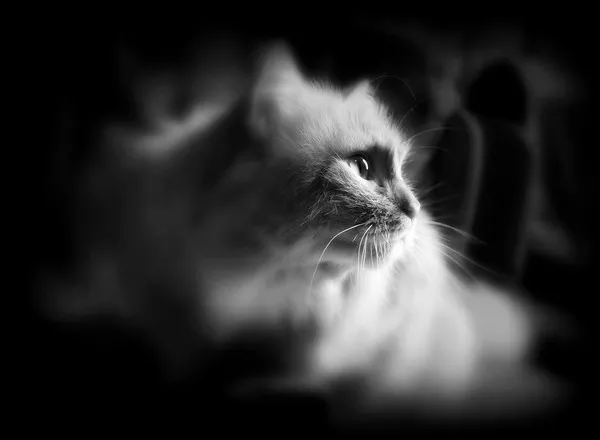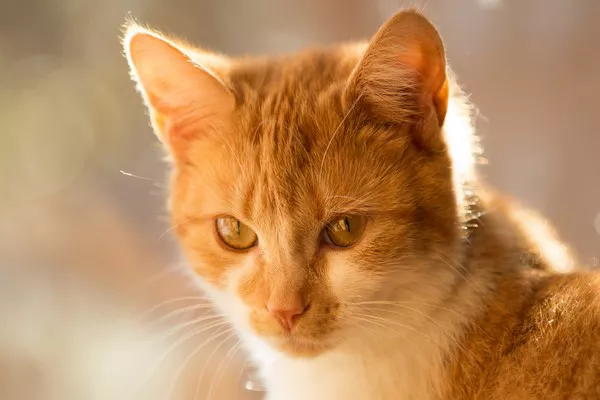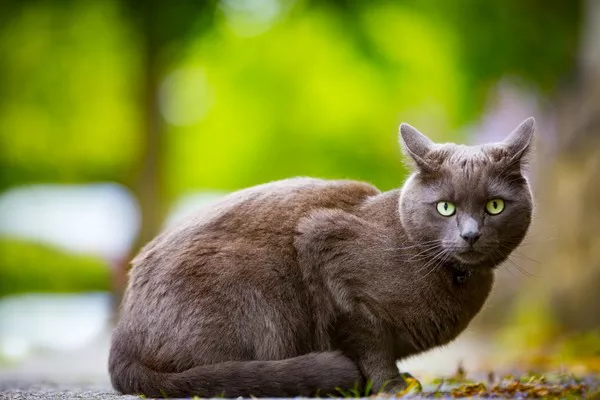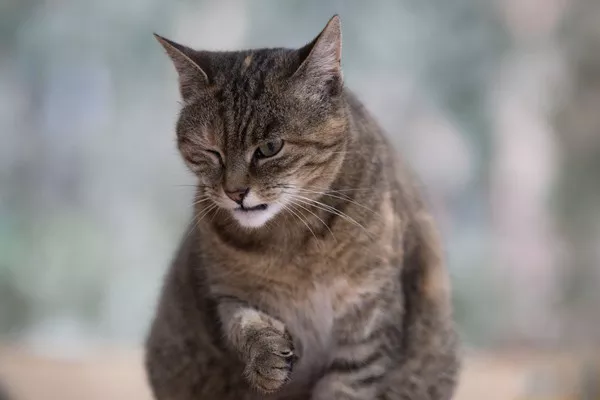As pet owners, ensuring our cats receive a nutritionally balanced diet is crucial for their well-being. Chicken liver is often recommended as a supplement to commercial cat foods, thanks to its rich nutrient profile and the taste cats love. But while chicken liver does offer significant health benefits, it also requires careful feeding practices to avoid potential risks. In this article, we will explore the nutritional benefits of chicken liver, the importance of moderation, potential health risks, and tips for safely incorporating chicken liver into your cat’s diet.
Nutritional Benefits of Chicken Liver for Cats
Chicken liver is one of the most nutrient-dense foods for cats. Incorporating it into their diet in a safe and balanced way can contribute to various health benefits, but it’s important to understand what makes it so beneficial. Let’s examine the key nutrients in chicken liver that are beneficial for cats:
Protein: Chicken liver provides a rich source of animal-based protein, which is crucial for cats as obligate carnivores. Unlike omnivores, cats need a higher protein intake to support their growth, muscle development, and cellular functions.
Iron: Essential for the production of hemoglobin, iron supports oxygen transport in the blood. Iron deficiency in cats can lead to anemia, weakness, and fatigue. Chicken liver offers a natural source of iron, promoting better blood health.
Vitamin A: Vitamin A plays an essential role in maintaining a cat’s vision, immune system, and skin health. Chicken liver is especially high in this fat-soluble vitamin, which cats cannot produce on their own.
B Vitamins: Chicken liver is packed with B vitamins, particularly B12 (cobalamin), which is crucial for energy production and nerve health. B vitamins also support the cat’s metabolism and help prevent conditions like anemia and nerve disorders.
Other Minerals and Nutrients: In addition to the above, chicken liver also contains phosphorus, copper, and folic acid, which collectively contribute to a cat’s cellular health, reproductive health, and immune function.
These nutrients make chicken liver an appealing supplement in cat feeding practices, as they contribute to strong muscles, improved energy levels, and overall vitality.
Moderation is Key
While chicken liver provides impressive nutritional benefits, it’s essential to feed it in moderation. Too much chicken liver can lead to health problems, as the nutrient content is highly concentrated. Nutrition experts recommend that chicken liver should not exceed 5% of a cat’s weekly food intake. This ensures that the cat receives the benefits of chicken liver without risking an overload of certain nutrients, particularly vitamin A.
Moderation also helps avoid nutritional imbalances that can occur if chicken liver becomes a primary part of the diet rather than a supplement. Offering chicken liver occasionally as a treat or as part of a balanced meal ensures a varied and complete diet.
Potential Risks of Feeding Chicken Liver to Cats
While chicken liver offers many health benefits, there are potential risks if it is fed excessively or without proper preparation. Here are some risks to keep in mind:
1. Vitamin A Toxicity
One of the primary risks of feeding too much chicken liver to cats is vitamin A toxicity. As chicken liver is extremely high in vitamin A, overconsumption can lead to hypervitaminosis A—a condition where vitamin A levels become toxic.
Symptoms of Vitamin A Toxicity: Symptoms can include lethargy, stiffness, bone abnormalities, and digestive issues. In severe cases, vitamin A toxicity can cause bone deformities and damage to internal organs.
Avoiding Vitamin A Toxicity: To minimize this risk, chicken liver should be fed only in small amounts and should not exceed the 5% weekly intake guideline. Vitamin A toxicity typically develops from excessive and prolonged exposure to high levels of vitamin A, so careful portion control is key.
2. Nutritional Imbalance
Chicken liver is nutrient-rich, but it’s not nutritionally complete. Feeding too much liver can create an imbalance in your cat’s diet, particularly if it replaces other essential food sources.
Lack of Balanced Nutrients: Chicken liver is low in calcium, which is crucial for bone health. An unbalanced diet with high liver content may lead to deficiencies in other nutrients that cats need, such as taurine, calcium, and certain fats.
Balancing the Diet: To provide a complete diet, pair chicken liver with other high-quality cat foods that offer a balanced profile. Use chicken liver as a supplemental treat rather than the main component of your cat’s meals.
Safe Preparation for Chicken Liver in Cat Feeding
Proper preparation of chicken liver is essential for ensuring your cat’s safety and maximizing the health benefits of this nutrient-dense food. Here’s how to safely prepare chicken liver for your cat:
1. Cooking Chicken Liver Thoroughly
Cooking chicken liver is crucial to eliminate any harmful bacteria that could pose a risk to your cat. Raw liver, like any raw meat, can carry pathogens like Salmonella and E. coli, which can cause foodborne illnesses.
How to Cook: Boiling or steaming chicken liver is the safest method for cooking, as it thoroughly kills bacteria without adding any fats or seasonings. Avoid frying or adding oils, salt, and spices, as these can harm cats.
Cooking Tips: Cook chicken liver until it’s fully opaque and soft but not overly dry. Overcooking may reduce nutrient levels, so aim for a balanced, thorough cook.
2. Portion Control
The amount of chicken liver given to a cat should always be carefully controlled. Veterinarians suggest offering chicken liver as an occasional treat or as part of a mixed meal to keep the portion size small.
Portion Size: A small portion, about a teaspoon-sized piece, is typically safe for most adult cats. If feeding liver once or twice a week, ensure that it does not exceed 5% of their total weekly food intake.
Frequency of Feeding: Avoid making chicken liver a daily treat. Instead, incorporate it into your cat’s diet occasionally, mixing it with other foods to provide variety.
Feeding Tips for Chicken Liver as Part of a Balanced Diet
Incorporating chicken liver into your cat’s diet can be done in ways that enhance nutritional balance and variety, making it both enjoyable and beneficial.
1. Mixing with Other Foods
Rather than serving chicken liver as a standalone treat, consider mixing it with other meats or high-quality cat food. This helps dilute the concentrated nutrients in the liver and prevents your cat from becoming too reliant on its flavor.
Why Mixing is Beneficial: By combining chicken liver with other proteins, such as chicken breast or beef, you create a more nutritionally rounded meal. It also reduces the risk of your cat developing a preference for liver alone, which can lead to dietary imbalances.
Sample Meals: Try adding small pieces of cooked chicken liver to a bowl of regular cat food or mixing it with other meats to create a high-protein, nutrient-diverse meal.
2. Supervision During Feeding
Supervising your cat while they eat chicken liver can prevent overindulgence and allows you to monitor how they respond to this new treat.
Preventing Overeating: Cats may enjoy the taste of liver so much that they overeat, so supervising ensures they consume the correct portion.
Watching for Reactions: Some cats may be sensitive to liver or have digestive issues with new foods. Monitor for any signs of discomfort, vomiting, or diarrhea, especially if liver is new to their diet.
Alternatives to Chicken Liver for Cat Feeding
Chicken liver can be a valuable addition to your cat’s diet, but it’s not the only protein source available. Here are some other protein options that can be safely included in a balanced feeding regimen:
1. Chicken Breast
Chicken breast is a lean and easily digestible protein source. It lacks the high vitamin A content of chicken liver, making it a safe, balanced option to mix into meals without the risk of toxicity.
Nutritional Benefits: High in protein and low in fat, chicken breast is easy on the digestive system and provides essential amino acids without the concentration of vitamins found in liver.
2. Turkey
Turkey is another excellent protein source that is generally well-tolerated by cats. Like chicken, turkey can be boiled or steamed to provide a safe and nutritious addition to your cat’s diet.
Nutritional Benefits: Turkey is rich in protein and offers a variety of B vitamins. It’s also low in fat, making it a good option for weight management.
3. Fish
Fish, particularly salmon or whitefish, provides omega-3 fatty acids that promote a healthy coat and skin. However, it should only be fed occasionally due to potential mercury content and other contaminants.
Nutritional Benefits: Fish provides essential fats and supports joint health, especially in older cats. However, moderation is important, as too much fish can lead to nutritional imbalances.
Conclusion
Chicken liver is a nutrient-dense food that can be a beneficial addition to a cat’s diet when used as a supplemental treat. Rich in protein, iron, vitamin A, and B vitamins, chicken liver supports a range of health benefits, from muscle maintenance to immune function. However, moderation is essential to avoid potential risks like vitamin A toxicity and nutritional imbalance. For safe feeding, always cook chicken liver thoroughly, control portion sizes, and use it as part of a varied diet that includes other protein sources like chicken breast, turkey, and fish.
Related Topics



























